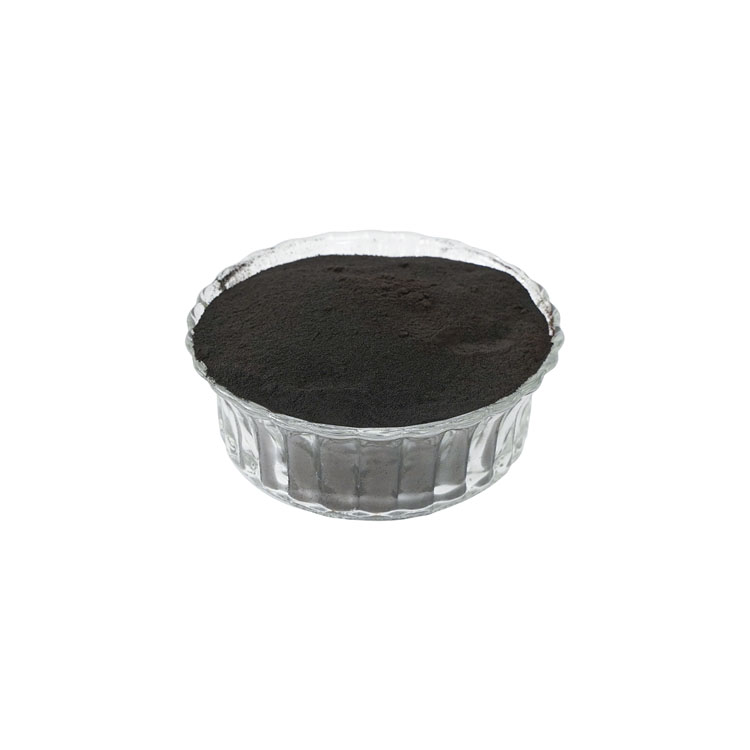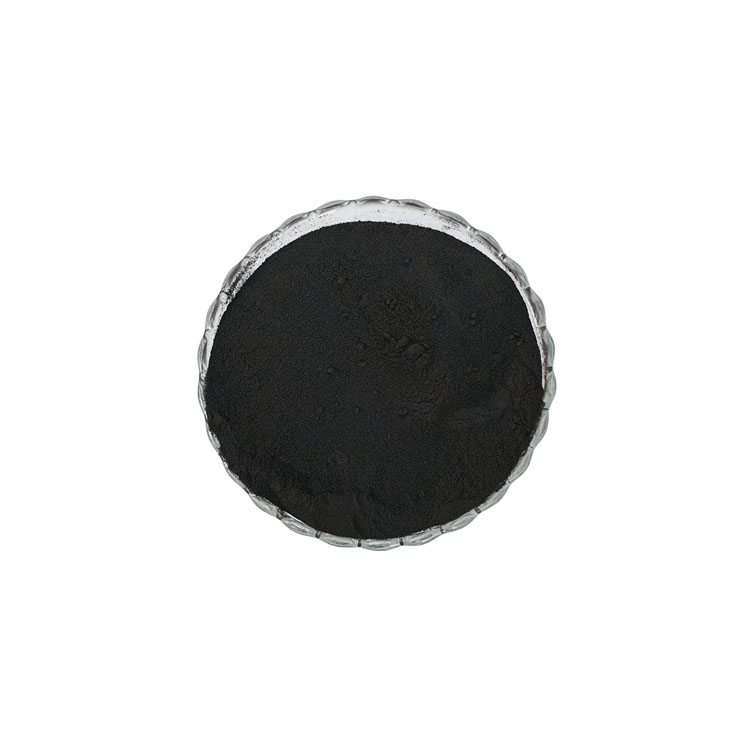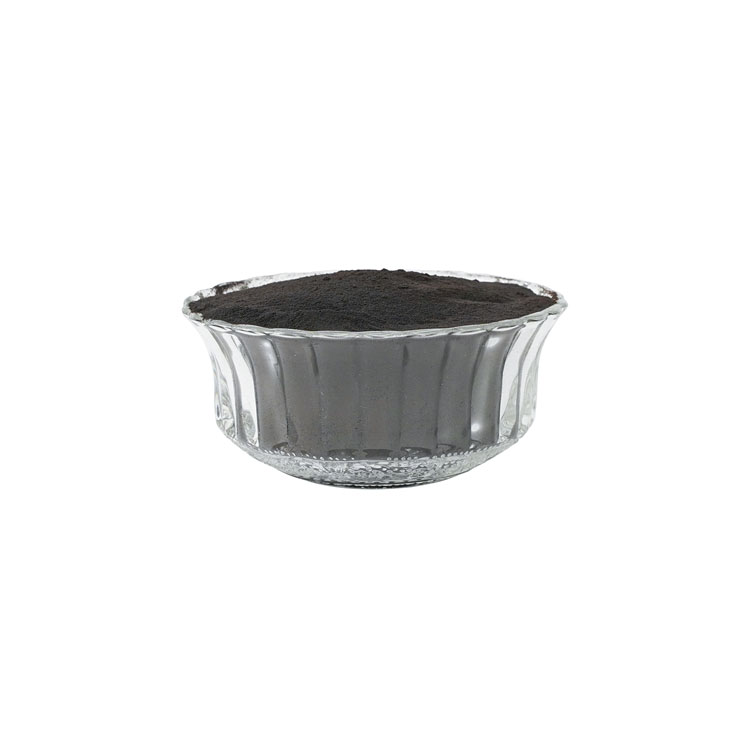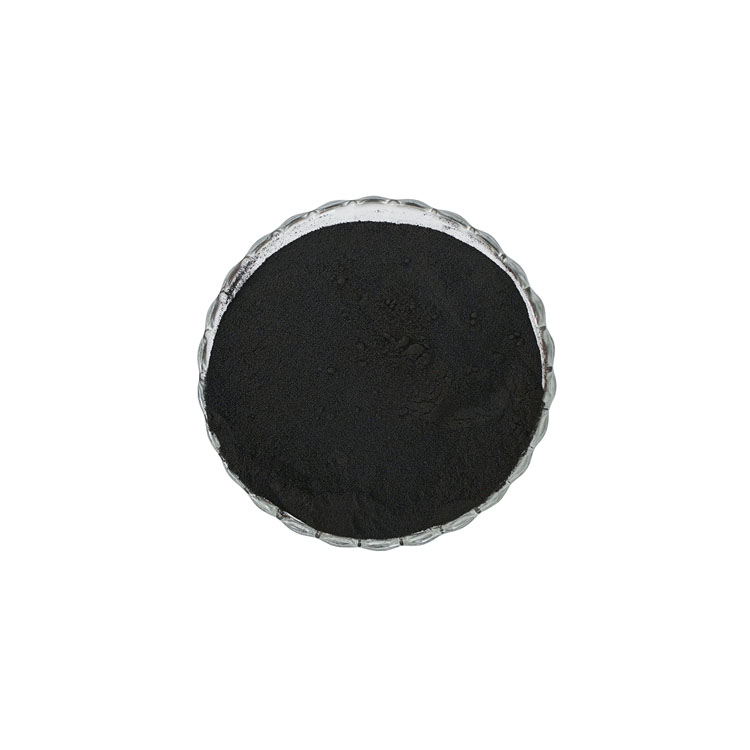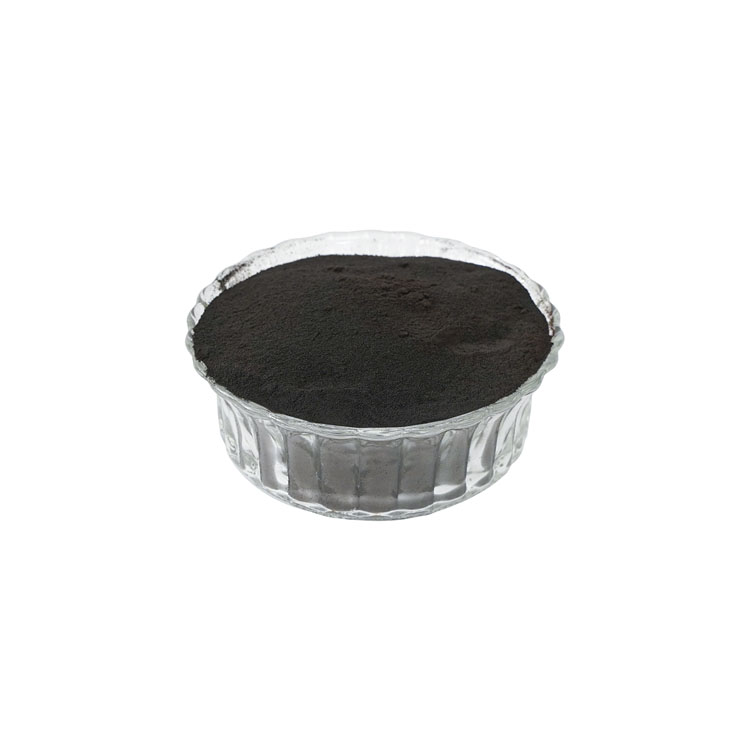Best Humic Acid Fertilizer For Clay Soil
ADVANTAGES
Improved Soil Structure: Potassium humate helps to break up clay soil particles, promoting better soil aggregation and aeration. This can improve root penetration, water infiltration, and nutrient uptake by plants.
Enhanced Nutrient Availability: The humic acids in potassium humate fertilizer can chelate or bind with nutrients in the soil, making them more available to plants. This can help overcome nutrient deficiencies common in clay soils.
Stimulated Microbial Activity: Humic acids in potassium humate can stimulate beneficial microbial activity in the soil, promoting the breakdown of organic matter and nutrient cycling. This can further improve soil fertility and plant health.
Increased Water Retention: Clay soils have a high water-holding capacity but can be prone to waterlogging. Potassium humate can help improve water retention in clay soil while also enhancing drainage, striking a balance that benefits plant growth.
Healthy Plant Growth: By addressing the challenges of clay soil and providing essential nutrients, potassium humate fertilizer can support healthy plant growth, leading to improved yields and overall plant vigor.
In conclusion, potassium humate fertilizer can be a valuable tool for cultivating healthy plants in clay soil by improving soil structure, enhancing nutrient availability, and promoting optimal conditions for plant growth.
INTRODUCTION
Potassium humate fertilizer can be beneficial for clay soil as it helps to improve soil structure, enhance nutrient availability, and promote healthy plant growth. Here are some recommendations for using potassium humate fertilizer in clay soil:
Application Rate: Determine the appropriate application rate based on the manufacturer's recommendations and the specific needs of your plants. It is important not to overapply the fertilizer, as this can lead to nutrient imbalances.
Incorporation: Before applying the potassium humate fertilizer, ensure that the clay soil is well-tilled or loosened to improve aeration and drainage. This will help the fertilizer to mix more effectively into the soil.
Even Distribution: Spread the potassium humate fertilizer evenly over the soil surface to ensure uniform nutrient availability to plants. Consider using a spreader or rake for proper distribution.
Watering: After applying the fertilizer, water the soil thoroughly to help the potassium humate dissolve and move into the root zone of the plants. This will also aid in activating the beneficial effects of the fertilizer.
Monitoring: Keep an eye on plant growth and health after applying the potassium humate fertilizer. Monitor for any improvements in plant vigor, nutrient uptake, and overall performance.
Reapplication: Depending on the specific needs of your plants and the condition of the clay soil, you may need to reapply the potassium humate fertilizer periodically throughout the growing season.
By following these recommendations, potassium humate fertilizer can be a valuable tool in improving clay soil quality, enhancing nutrient availability, and supporting healthy plant growth.
SPECIFICATION:
Appearance | Powder |
humic acid content (as dry basis) | 65% min |
Fulvic acid content (as dry basis) | 2%-3% |
Potassium content (K2O as dry basis) | 10% or 12% |
PH value | 9-11 |
Water Solubility | 100% |
PACKAGE & STORAGE
1KG, 10KG, 25KG package, or 1 ton package and customer designated packing is available.
Product should store at a cool, dry and well-ventilated environment.
